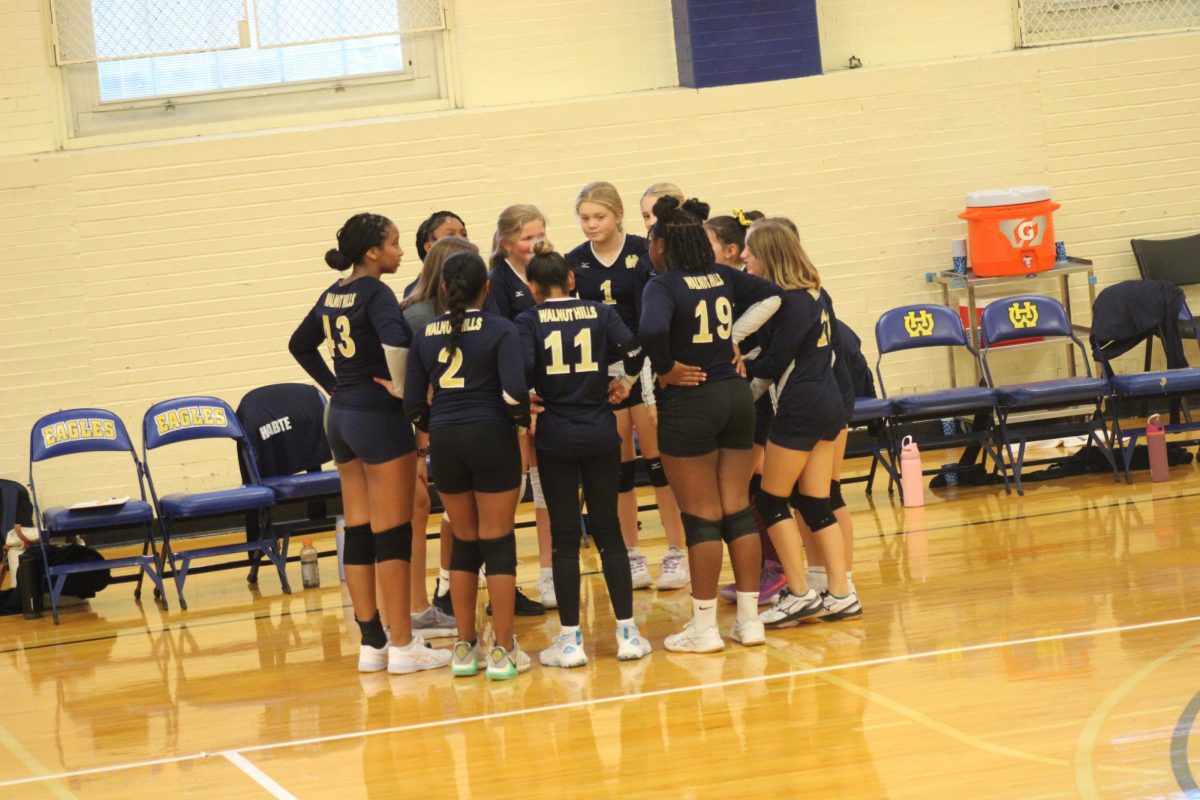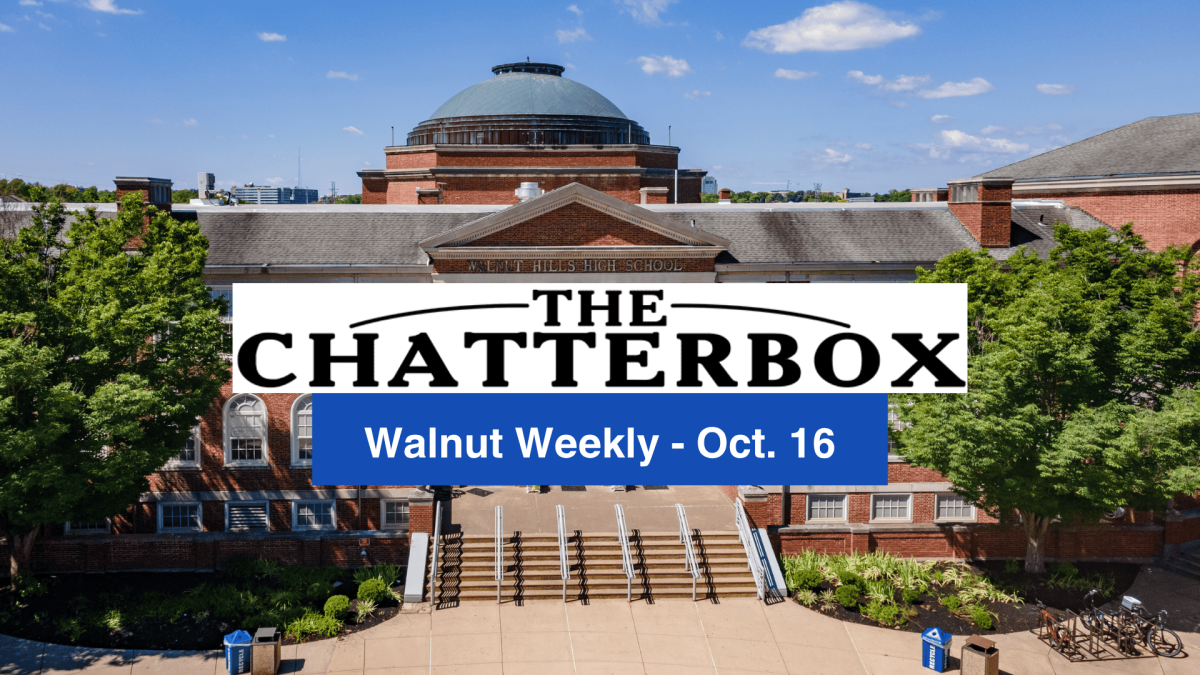Nancy Pelosi’s visit to Taiwan

Photo Courtesy of Wang Yu Ching/Taiwan Presidential
Nancy Pelosi’s recent meeting with President Tsai Ing-Wen in Taipei. The two were talking about a trade agreement with Taiwan, while simultaneously creating an official relationship.
September 14, 2022
Two weeks after Speaker of the House Nancy Pelosi’s visit to Taiwan, China and Taiwan entered a standoff with the Chinese military, which started conducting military drills near Taiwan’s territorial waters. According to the Wall Street Journal, this could lead to war. During Pelosi’s visit, she was in many meetings with Taiwanese spokespeople and the Taiwanese president, where she gave assurances of U.S. support for Taiwan.
“Today the world faces a choice between democracy and autocracy… America’s determination to preserve democracy here in Taiwan and around the world remains ironclad,” Pelosi said to the Wall Street Journal. Pelosi also called for a trade deal between Taiwan and the U.S. for Taiwan computer chips (TMSC). This deal angered the Chinese government so much that Hua Chunying, a spokeswoman for the Chinese Foreign Ministry, said that China would punish the U.S. and Taiwan due to Pelosi’s visit.
China and Taiwan had a rocky relationship in the past and still do. In the past, Taiwan was controlled by the Japanese government from 1895 to 1945 when China was a republic. When World War II ended, Japan lost Taiwan to the Republic of China (ROC). The ROC controlled China and Taiwan until 1949 when the communist party, The People’s Republic of China, led by Mao Zedong, took control of China and the rest of the ROC fled to Taiwan according to the Taiwanese government’s website.
As a technology producer and a democratic country, Taiwan is an important trade partner for many in the Indo-Pacific with their investment, health, semiconductor, other critical supply chains, investment screening, science and technology, education, and advancing democratic values according to the U.S. Department of State.
Even though the U.S does not have an official relationship with Taiwan, they have held strong ties dating back to before Taiwanese independence. In 2020, the AIT (American Institute in Taiwan) and the TECRO (Taipei Economic and Cultural Representative Office) signed an agreement to strengthen scientific cooperation between the U.S. and Taiwan in meteorology, nuclear science, environmental protection, thoracic cancer research, atmospheric research, and public health and preventative medicine, according to US Department of State.
When the ROC controlled Taiwan, the U.S. had strong relations with China, however, this ended in 1949 when the Communist party took over. From 1971 to 1972, the US and China’s relations started easing up with President Nixon signing the Shanghai Communiqué.
In 1979, President Jimmy Carter granted China full diplomatic recognition while realizing China’s One policy, stating that there is only one Chinese government and Taiwan is a breakaway province that will be reunified one day, without fully severing ties with Taiwan, according to CFR (Council on Foreign Relations.). Since then, China’s relationship with the U.S. has changed due to its increased military buildup in South Asia and its worldwide economic growth.
In a recent call, China’s President Xi warned President Biden about interference with its relationship to Taiwan, “Don’t play with fire.”






